Keep critical race theory out of the classroom
Channel 4’s The School That Tried To End Racism revealed the backwardness of racial thinking.
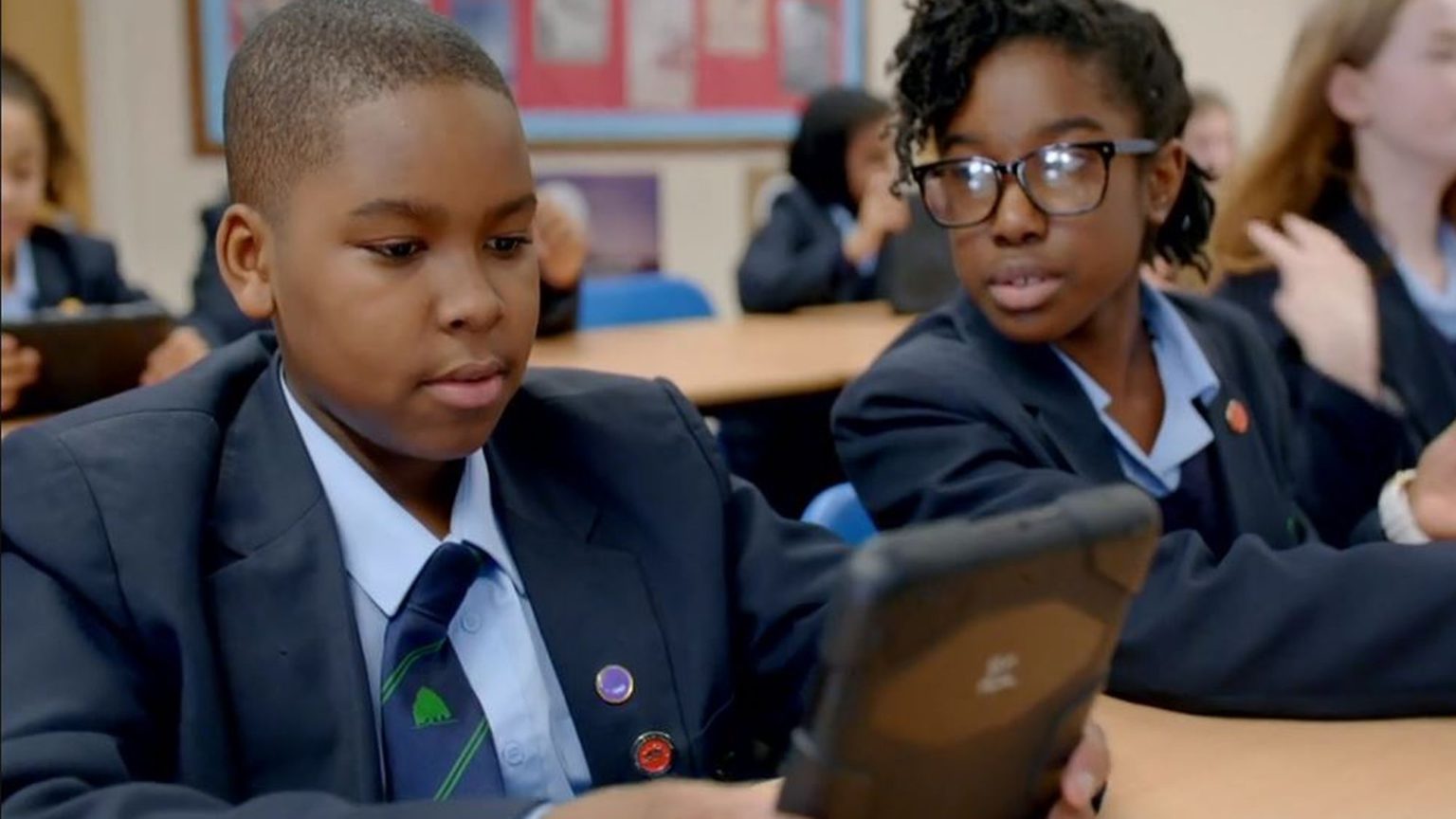
Want unlimited, ad-free access? Become a spiked supporter.
In 2006, for my sins, I helped make a short film designed for use as an educational resource for eight- to 11-year-olds in Essex primary schools. Our client – the local authority – labelled the project Watch Out for Racism and told us that we would be working in schools experiencing frequent racist incidents. It wanted a film that would explore the damaging effects of racism and fulfil that ubiquitous objective of ‘celebrating difference’.
But for me at least, the immediate impression of these schools was of happy, ethnically diverse and integrated children. Neither pupils nor staff spoke of any problem around racism in or outside of class. Headteachers reminded us that the ‘incidents’ they had logged were trivial things like friendship fall-outs at break times collapsing into time-honoured exchanges of insults. Name-calling incidents like ‘white trash’ and ‘chocolate bar’ were typical. Staff reminded us that the local authority obliged them to apply zero tolerance to racism. And the guidance they followed emphasised that a good school is one that submits regular incident reports.
For the anti-racism trainers I was working with, the appearance of a good school was presumed to be deception. I spent break times filming playgrounds of kids which demonstrated a picture of multi-ethnic, multicultural harmony, while inside school the trainers planned their next exercise designed to reveal the exact opposite. For the trainers, these provincial schools were ‘in denial’. From this standpoint, racism lay under the surface and the purpose of this intervention was to make children wake up to it.
In 2007, using a phrase oddly prescient of ‘woke’ that would emerge a decade later, a former government ‘ethnicity adviser’ coined the phrase ‘Getting It’, referring to ‘the sharp focus one gets when one puts on glasses for the first time’. ‘Getting It’ articulated the objective for anti-racism trainers, who, in the mould of a psychotherapist or sales expert, imagined their task as one of coaxing their subjects toward a pendulum swing from denial to realisation.
After the publication in 1999 of the Stephen Lawrence inquiry report, government guidance reflected this approach and the anti-racism trainers on my team had absorbed it in full. Therefore, irrespective of how the Essex pupils behaved, the approach reinforced the belief that they still needed to be made aware of their racial identity and their daily co-existence with racism – be it as victim or perpetrator.
When filming the children, despite assurances we would give that ‘there are no right or wrong answers’, cheating was afoot. For example, when it was time for each child to take their turn in the video hot-seat, one of the trainer questions was, ‘We sometimes identify ourselves as white or black or Asian or mixed – how would you identify yourself?’ One lad mumbles his answer. ‘Ah, a dark skinned person’, says the trainer’s voice off-camera. ‘No! a DANCING person’ comes the reply.
Back then, in the early years of this new century, it was palpably obvious that racism – reflected in social attitudes and social systems – had receded dramatically. Those of us who had been working in London schools since the 1990s greeted this shift with growing optimism. With a new mixed (and mixed-race) diversity exploding in playgrounds, it felt as if – if only we could leave them to it – this generation had the potential to rise out of the quagmire of ‘race’ identity.
It is all the more troubling, then, to witness the sudden expansion of an influential (albeit minority) outlook determined to reinstate ‘race’. I am not referring to those who rallied under the banner of Black Lives Matter following events in Minneapolis. But attached to BLM is an ideological mission encouraging almost religious reinterpretations of societal and personal relationships. It does this through the lens of ‘white privilege’.
For me, Channel 4’s two-part documentary, The School That Tried To End Racism, was especially troubling. The programme showed what Implicit-Association Testing (IAT) and a revamped ‘white privilege’ version of racism-awareness training looks like. And it made clear the unprecedented dangers this poses to children and schooling.
One of the organisations demanding anti-racism training in schools along these lines is the Chartered College of Teaching. This is presented as a commonsense response to anti-racism protests. However, critical race theory (CRT), a long-established creed posing as anti-racism, lies at the heart of these demands. A June 2020 post on the CCT’s website offers teaching resources for examining ‘whiteness and privilege’, for instance.
Critical race theory originated in the United States. It argues that ‘racism’ should not merely refer to explicit acts of racial hatred or discrimination, but to the ‘hidden operations of power’ deeply ingrained within a culture of white privilege. Here, the condition of ‘whiteness’ describes the ‘shared power and dominance of white interests’. Amid this spectre of racial domination, ‘racism’ need not refer to explicit acts of hatred or discrimination: it simply floats in the ether permanently signalling its presence to the oppressed ‘other’. As such, the spectre of this free-floating racism – racism without racists – sets itself up as an indisputable truth. So long as there are white people there will be ever-more work for these race missionaries to do.
In The School That Tried To End Racism, CRT practitioner Dr Nicola Rollock and social psychologist Professor Rhiannon Turner watch over an experiment involving 11- and 12-year-olds at Glenthorne High School in South London. Before splitting a classroom of 24 pupils into white and non-white ‘affinity groups’, the three-week programme begins with a technique developed two decades ago at Harvard University called the Implicit-Association Test (IAT). Using iPads, the pupils have to make snap decisions based on images or words flashing on to the screen. They tap different icons to show their association of faces or names with good or bad connotations. ‘This is the most fun racist game I’ve ever played!’, exclaims one black pupil, Bright.
The result of the test is that 18 of the 24 pupils, including many non-white pupils, are said to have an apparent preference towards white people. Professor Turner explains: ‘While the results might seem shocking, it’s what we expect in a majority white country like the UK… We’re exposed from an early age to white people in a position of power.’
Once divided into white and non-white ‘affinity’ groups, the white group becomes sullen. In a nearby classroom, missing only the requisite white lab coats, our academic observers Rollock and Turner watched on a TV monitor as it cut from glum white pupils to the noisy exuberance of the non-white group next door. ‘The white group feels like a funeral’, observes Dr Rollock. Afterwards, the white group is asked how it feels. ‘We want their group to know we don’t feel like we’re better than them’, says a crestfallen Lauren. Henry (who when asked his identity came up with ‘ginger, European boy’) tears up. Later, when filmed at home with his parents, Henry says, ‘if I had a choice I’d be with my friends not my race’. Henry’s best friend is Bright. ‘Since the start of my life I’ve always been told that race didn’t matter’, Henry remarks.
The voiceover by actor and rapper Ashley Walters (aka Asher D) plays a key role throughout. One of the most startling moments in the show is a clip of Martin Luther King’s 1963 ‘I have a dream’ speech. King’s evocation of a colourblind future is overturned. Just as King describes how his children might one day be judged ‘not by the colour of their skin but by the content of their character’, Asher D’s voice takes over: ‘But now many experts argue that colourblindness is itself a form of racism.’
Dr Rollock then takes over to contemptuously dismiss the ‘colourblind’ aspiration to see past race. CRT holds that the problem with anyone taking a colourblind approach is, as Rollock then explains, ‘you’re erasing my experience as a woman of colour, you’re erasing my history, you’re erasing the fact that I experience racism’. Peppered throughout the documentary voiceover and scholarly sounding one-liners is a thinly veiled insistence that anti-racism must reinstate the existence of race. If it ever were the case that the British population had gone backwards, and that society’s race-tinted lens had fully returned, leaving Martin Luther King’s dream dead in the water, we can only say to Dr Rollock and her fellow critical-race theorists, whose fault is that then?
In one scene, the cameras enter a biology lesson reflecting how the Glenthorne School experiment has modified existing lessons ‘to improve awareness of racial difference’. Here, paradoxically, our guinea-pig kids learn something useful. They learn about DNA and genetics in exactly the manner that would, in normal circumstances, counter the divisive concept of race.
But before any universalist, myth-busting conclusions are drawn, Dr Rollock is on hand to steer these away: ‘Although they [the affinity groups] may be biologically similar, how does society see their skin colour?’ To which the CRT answer is: unconsciously, through society’s white privileged, racist lens.
After a ‘racist’ sports day and a trip to the National Portrait Gallery, the three-week experiment reaches its conclusion with a group debate and a resit of the IAT. By this point the group is now ‘aware’. The debate on ‘Is the UK racist?’ appears to conclude unanimously that it is. A pupil calls out, ‘It obviously is! It’s so obvious!’
As they retake the Implicit Association Test, a black girl comments, as if observing the weather: ‘We’ve been living in a place where white people are more superior – we never knew that until the first test – because that has been embedded in us for 10 years.’ The pupils reverse the errors of the first test this time. As if selling the experiment to the Department for Education and every headteacher in the land, Dr Rollock makes her plea: ‘We can’t leave addressing race and racism to chance.’ ‘These children are going to be running the country, employing people in years to come’, she intones, ‘and we want them to have the skills and the awareness around race and indeed racial justice’.
We need to be clear and outspoken on what this development means. IAT’s micro-developmental psychology has been totally debunked. And what does it claim to prove? The fact that we hold ‘implicit associations’ such as darkness equals ‘bad’, lightness equals ‘good’ doesn’t mean we translate these associations into our daily lives. The colour-coded outlook of white-privilege theory manufactures conflict from a world reinterpreted as endless unconscious slights and microaggressions.
The old anti-racism witnessed black and white workers campaigning for the right to be treated equally under the law – to be treated as the same. The hardcore racists of that era were confronted. For some time now, anti-racism has been inverted and redefined as a demand for the right to be different – as different races – and to be treated differently as a consequence.
CRT, Channel 4’s film and what looks like the imminent adoption of a racialised curriculum by schools will wind the clock back decades. To the government our message should be: Don’t do it. Don’t divide us.
Adrian Hart is the author of That’s Racist!: How the Regulation of Speech and Thought Divides Us All.
Picture by: Channel 4.
You’ve read 3 free articles this month.
Support spiked and get unlimited access.
Support spiked – £1 a month for 3 months
spiked is funded by readers like you. Only 0.1% of regular readers currently support us. If just 1% did, we could grow our team and step up the fight for free speech and democracy.
Become a spiked supporter and enjoy unlimited, ad-free access, bonus content and exclusive events – while helping to keep independent journalism alive.
———————————————————————————————————————————–
Exclusive January offer: join today for £1 a month for 3 months. Then £5 a month, cancel anytime.
———————————————————————————————————————————–
Monthly support makes the biggest difference. Thank you.
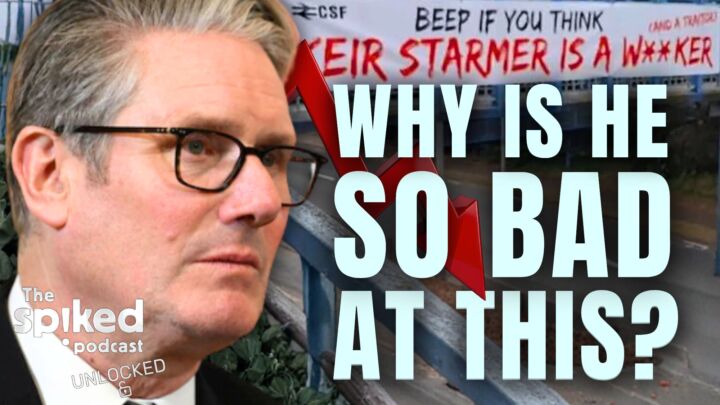
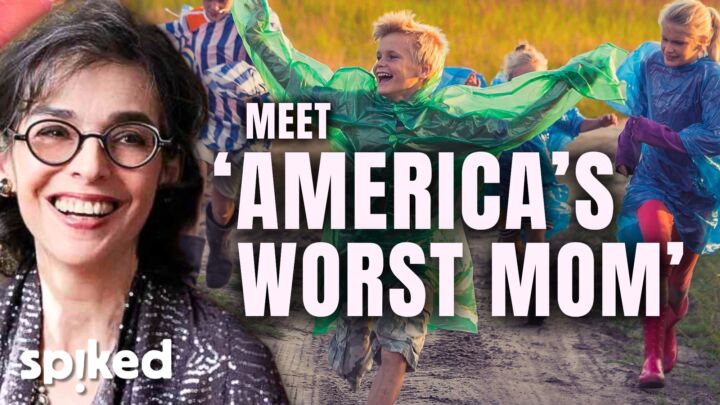
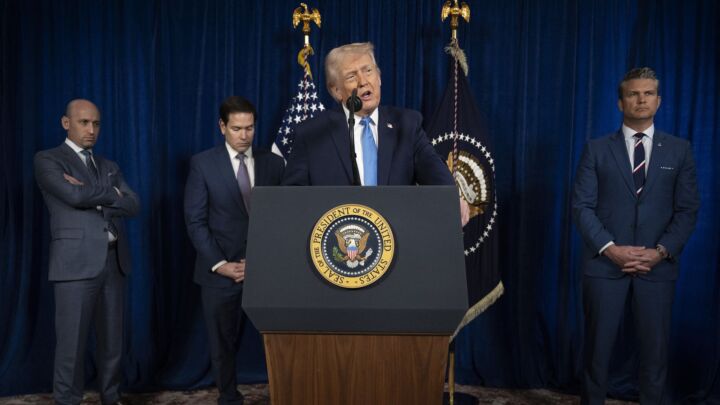
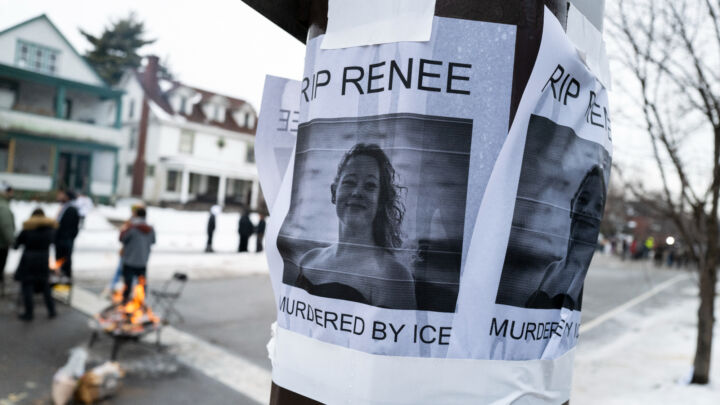
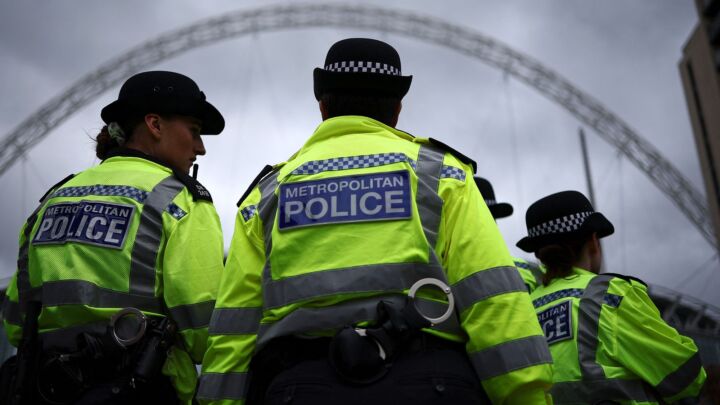
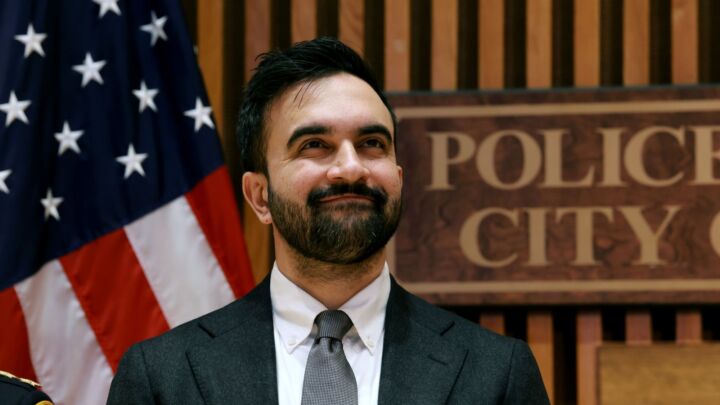
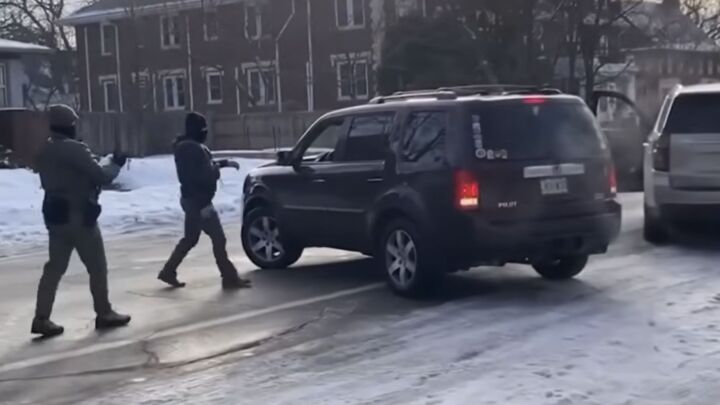
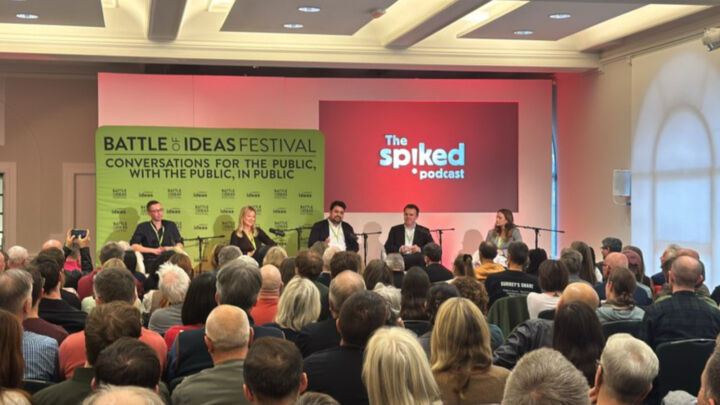

Comments
Want to join the conversation?
Only spiked supporters and patrons, who donate regularly to us, can comment on our articles.